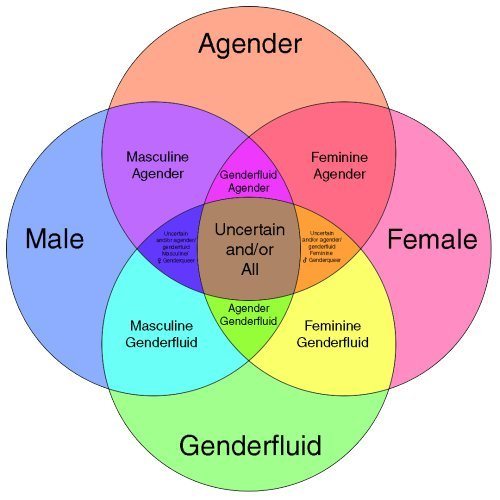| AGENDER
means that a person identifies as not having a gender. A person who identifies within this term often will consider themselves
as either having a type of non-binary gender identity or as not subscribing to any gender identity at all.
|
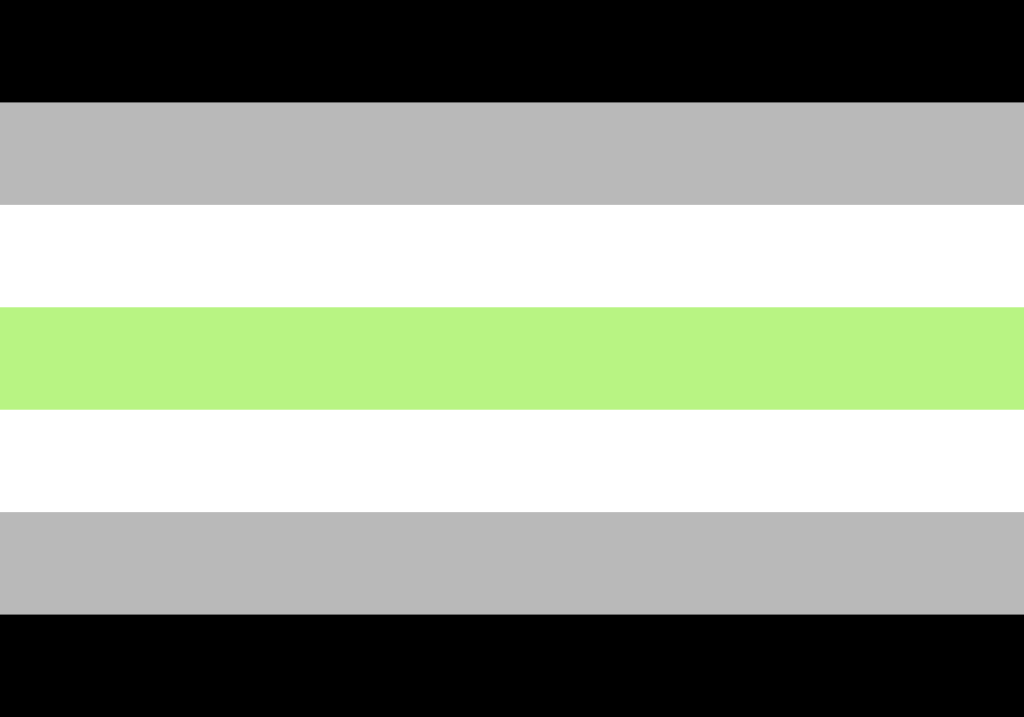
|
| CISGENDER
is commonly used to refer to people who identify exclusively with the gender that they were assigned at birth.
|

|
| DEMIGENDER
is a term used to partially identify, or feel a connection, to a particular gender. For example,
demigirl or demiboy. These identities vary by person but hold in common the fact that there is not a full identification with one
gender, only an internal leaning towards it.
|
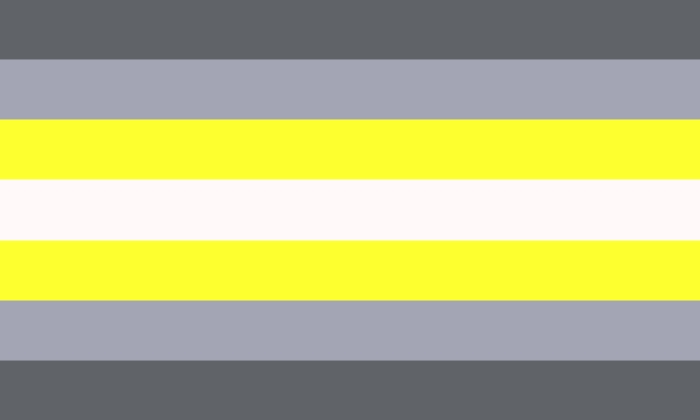
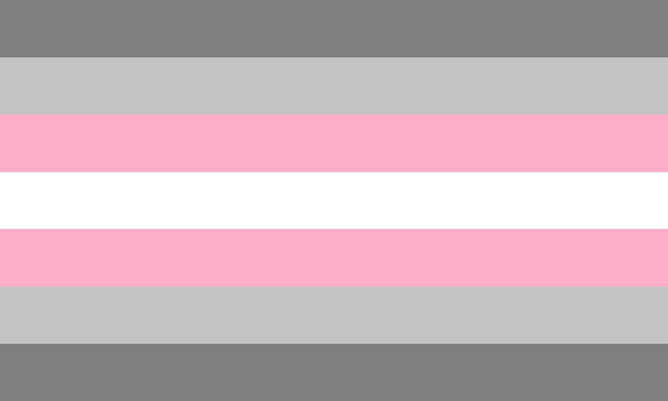
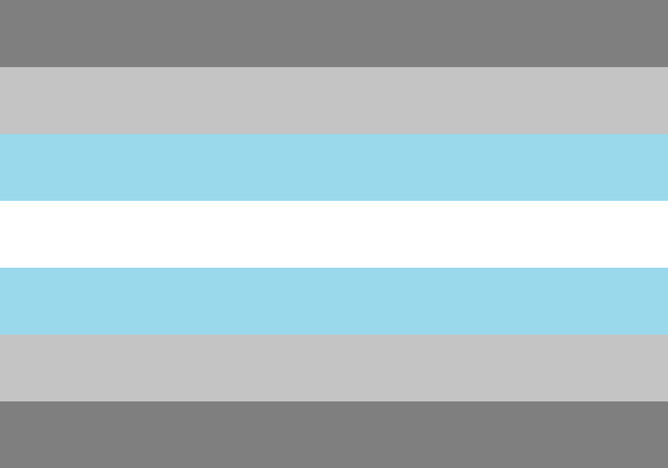
|
| GENDER QUESTIONING
describes someone who is questioning all or parts of their gender (identity or expression) and does
not wish to identify themselves to a specific gender identity.
|

|
| GENDER FLUID
like gender questioning, is a term that can be used to describe a person's gender identity, expression, or both.
Gender fluid describes a person who moves fluidly between genders, or whose gender shifts over time.
|
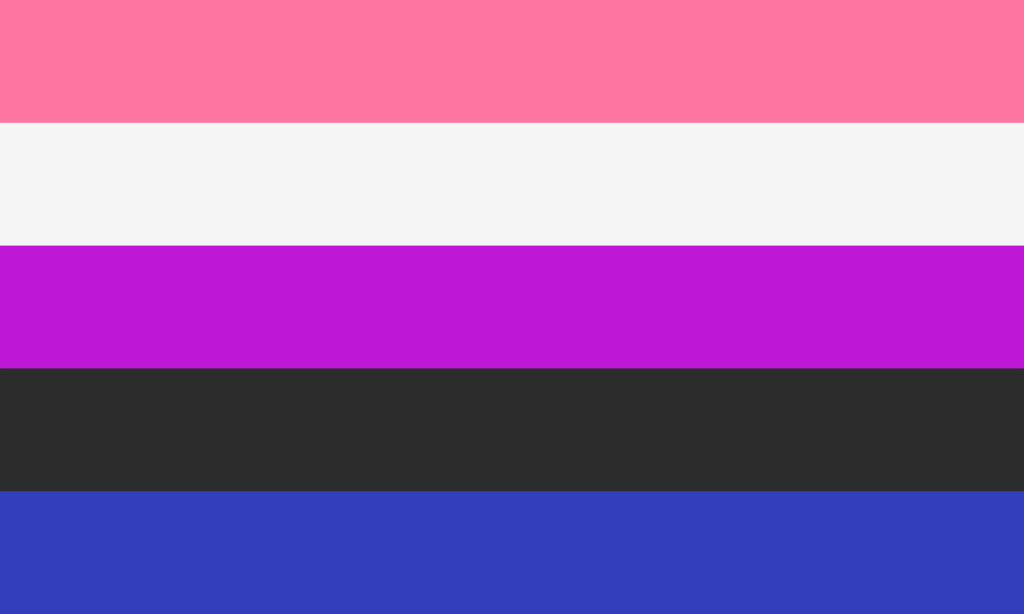
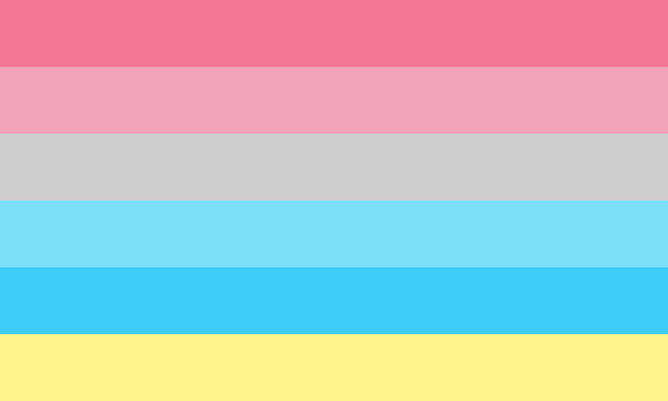
|
| GENDERQUEER
describes a gender identity that can not be defined as exclusively masculine or feminine. Genderqueer people
experience their gender in all unique ways (hence the name). The impossibility of defining the term is part of its appeal for
people who identify as genderqueer. The identity can include elements of feminine, masculine, or non-binary identities, or none
of these. In part, it can be seen as a rejection of association with a label.
|
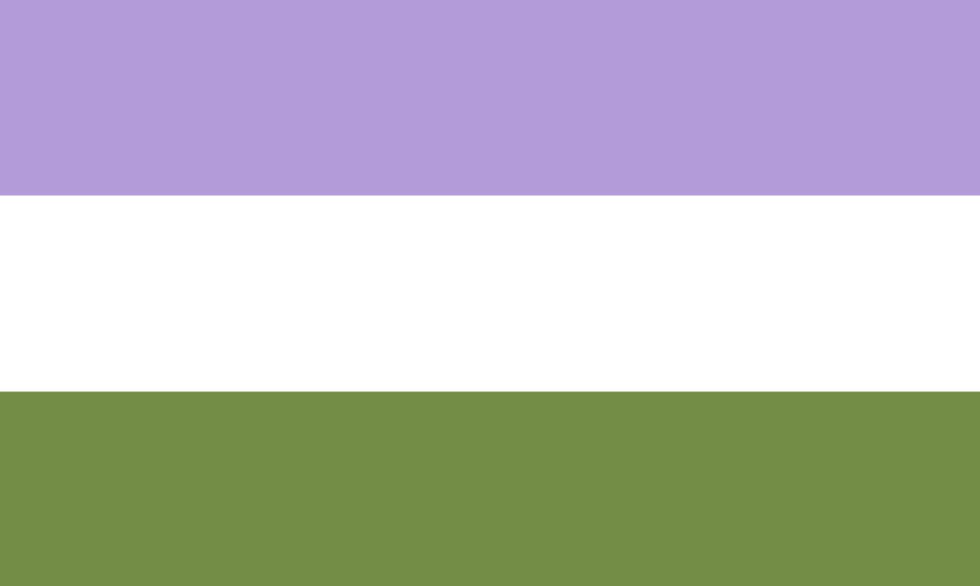
|
| INTERGENDER
Intergender describes a gender identity that is a mix of both masculine and feminine identities. Intergender is not the same
as Intersex. Intersex people can identify within any gender identity or expression.
|
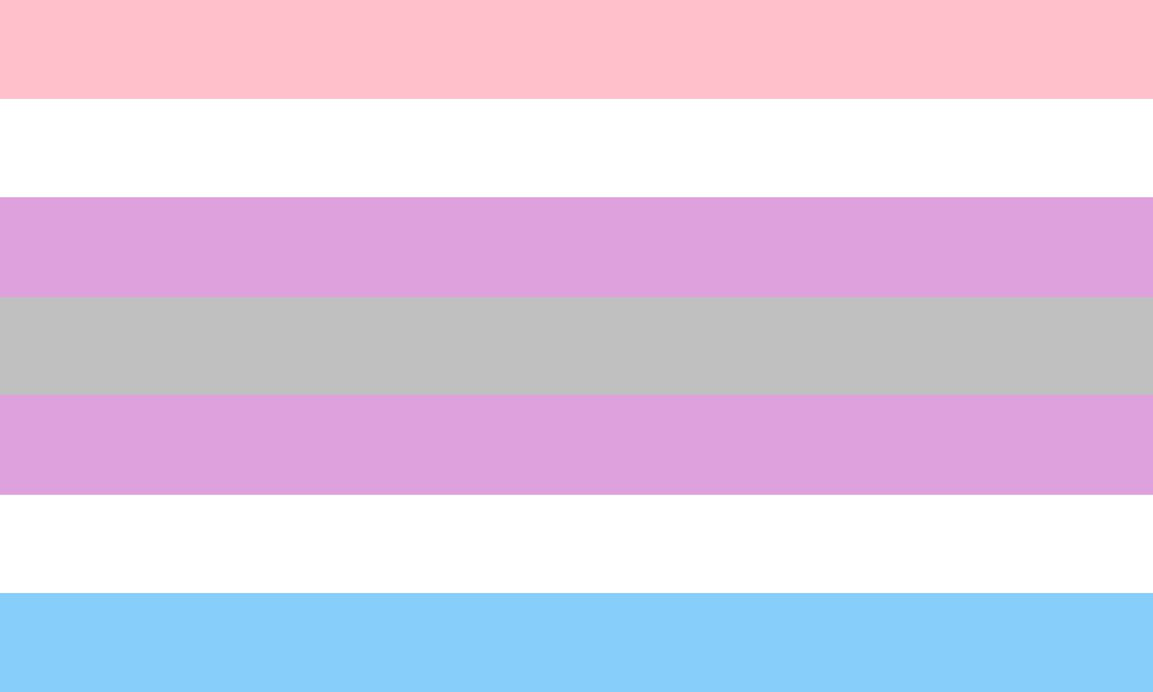
|
| MULTI-GENDER
Multi-gender describes people who hold more than one gender identity. This can be further specified by bigender, trigender, etc.
|
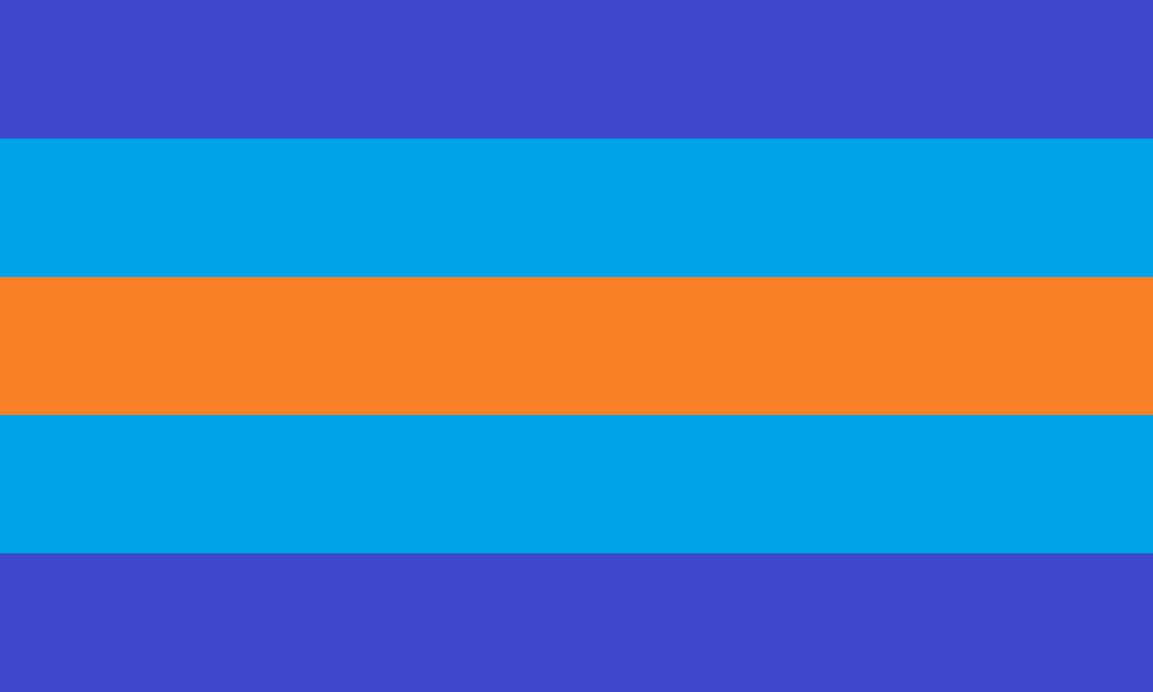
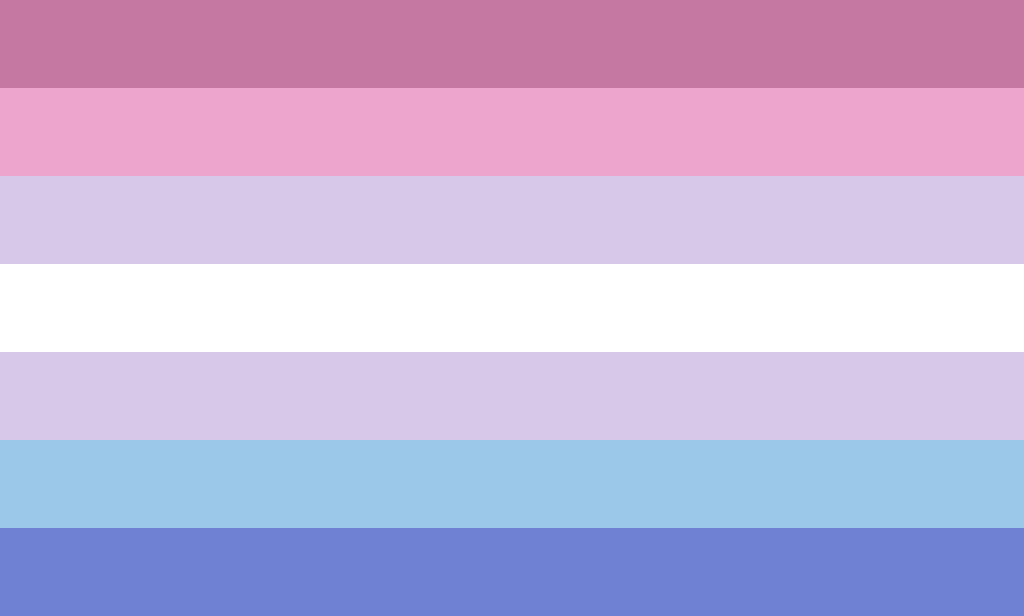
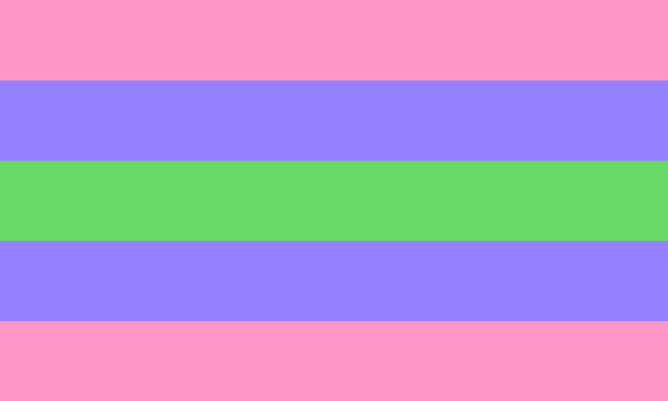
|
| NON-BINARY
Non-Binary is widely used to describe a gender identity that can not be categorized as masculine or feminine. Non-Binary people
experience their gender in all different ways. It could be experienced as a combination of male and female, neither male nor female,
nor something completely independent of notions of conventional gender identities. Non-Binary is an expansive umbrella term, and
many gender identities discussed in this article fall under it.
|


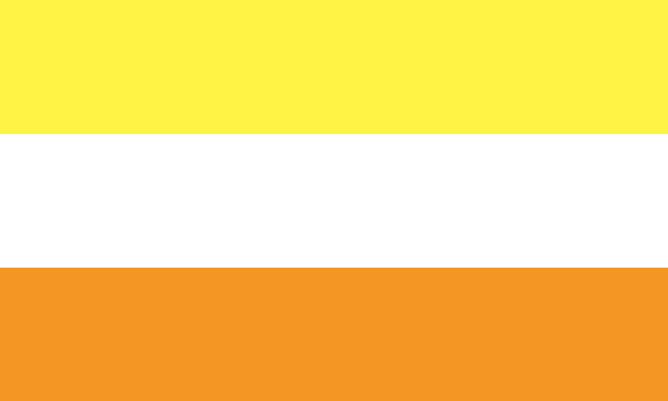
|
| PANGENDER
Pangender is a gender identity where a person identifies as all, or many, gender identities. This is similar to Polygender,
although Polygender is more limited.
|
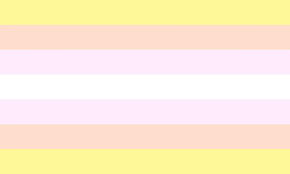
|
| TRANSGENDER
Transgender is used to describe any person who has a gender identity that is different from the gender that they were assigned at birth.
|
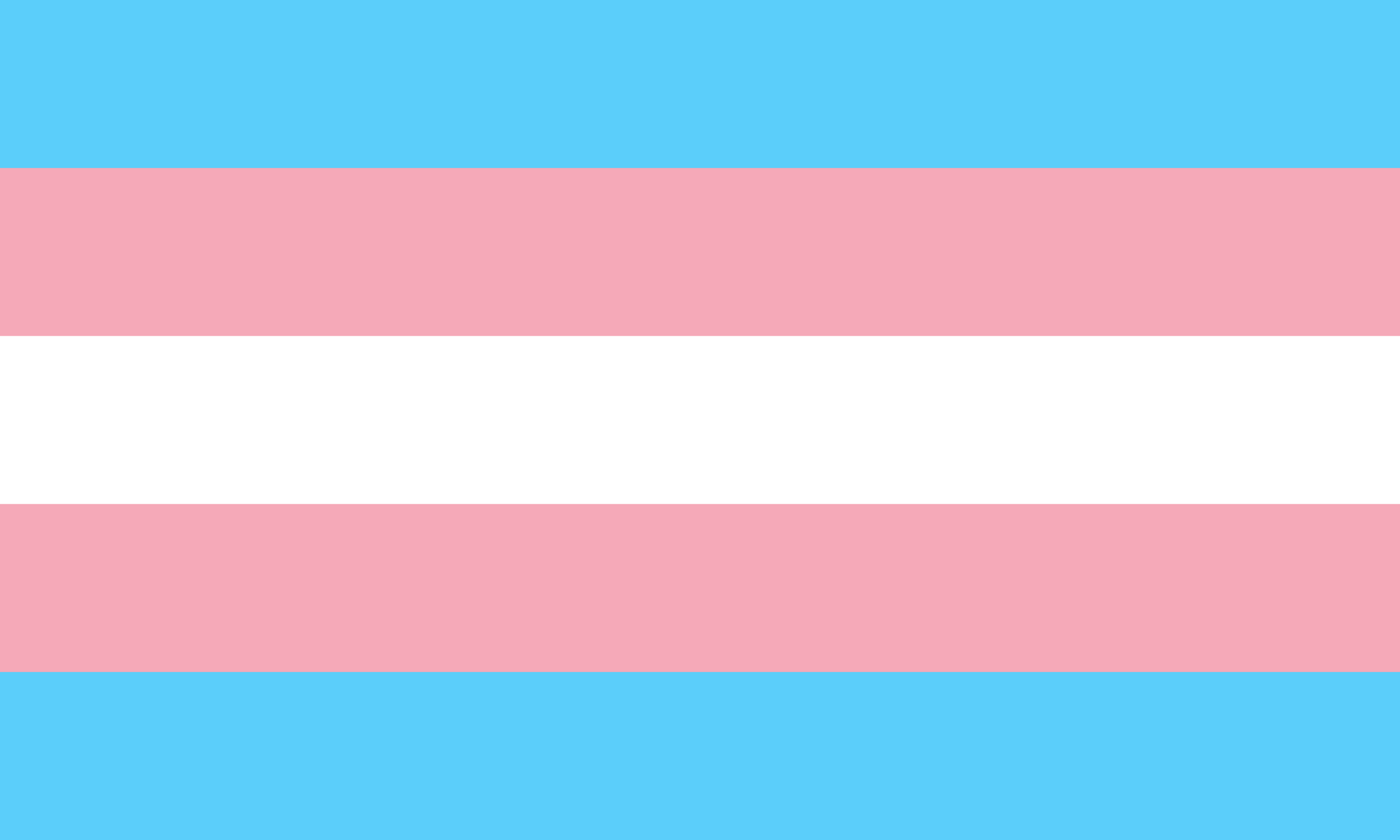
|


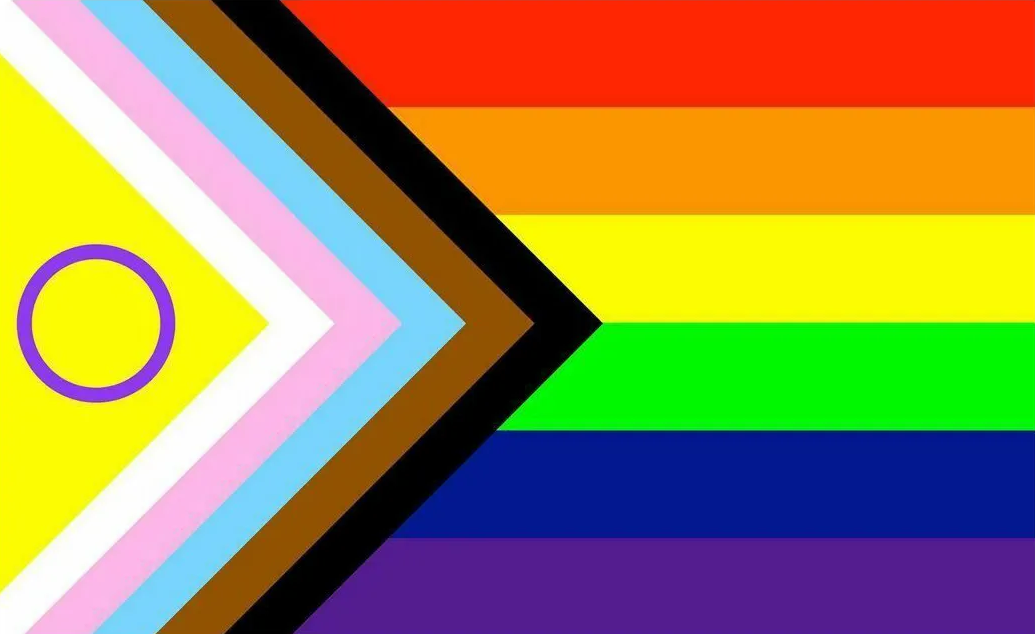
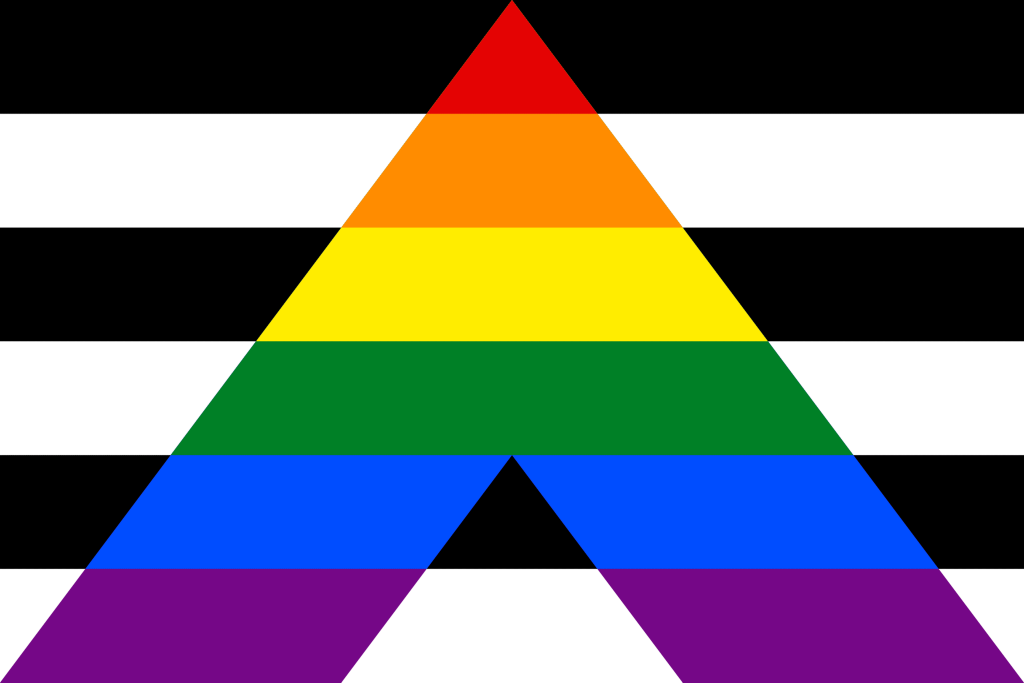 GENDER IDENTITY
GENDER IDENTITY